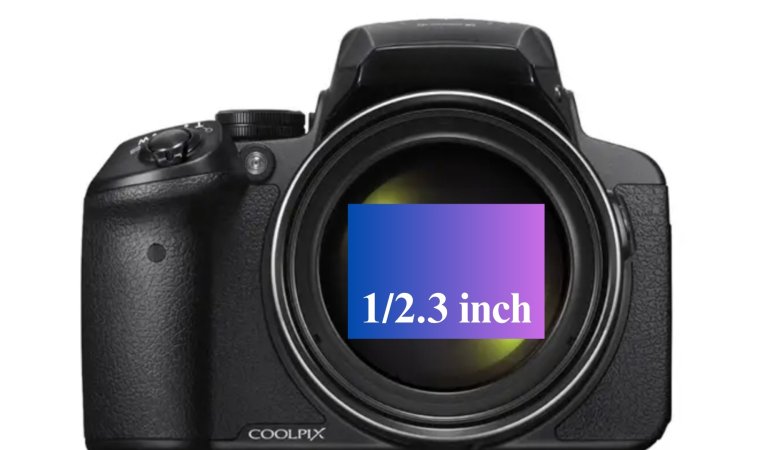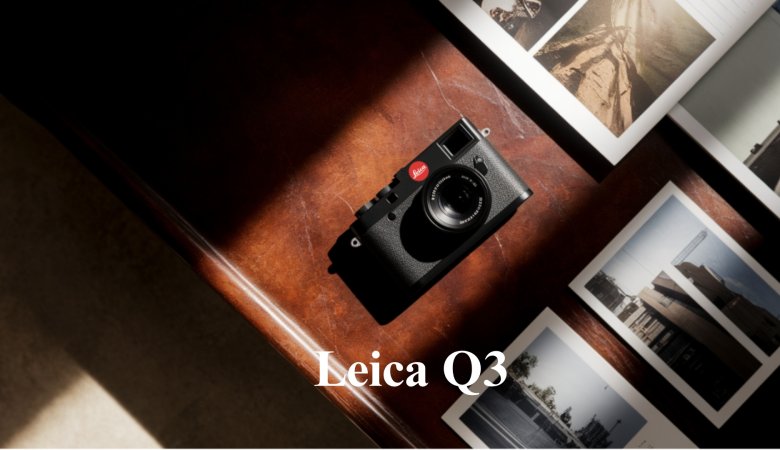Looking for a small, easy-to-carry film camera that doesn’t feel like a toy? Many people want something simple, lightweight, and good for everyday film photos, without spending a ton.
That’s the place the Olympus 35 RC comes in. This little rangefinder is known for being compact but solid, great for both new and experienced film users.
It’s popular in the film world because it’s easy to use and easy to carry, and it often costs less than many other old cameras.
In this blog, I’ll show you why people still use it today, how it works, and what makes it special. Want to know if it’s right for you? Keep reading.
All About the Olympus 35 RC
Let’s break down what makes this camera special and why people still enjoy using it today.
Key Features of the Olympus 35 RC
The Olympus 35 RC might look small, but it’s packed with smart features that make it fun and easy to use. Here are some of the things that stand out the most
1. The Lens
One of the best parts of the Olympus 35 RC is its lens. It comes with a 42mm f/2.8 lens. That might sound like just numbers, but here’s what it means:
- 42mm is just wide enough for everyday shots—good for people, street photos, or travel.
- f/2.8 means the lens can let in a fair amount of light, so it works well even when it’s not very bright out.
This lens is sharp and gives clean, clear photos. It’s fixed, which means you can’t zoom, but that also helps it stay light and simple.
2. Shutter Priority Mode
This camera has something that wasn’t super common in small rangefinders at the time, shutter priority mode. That means you pick the shutter speed, and the camera picks the right setting for the lens (called aperture) all by itself.
It’s quick and helps make sure your photo is bright enough. There’s also full manual control, so if you want to take more control, you can.
3. Small and Light
The Olympus 35 RC was made to be compact. It weighs around 410 grams. That’s lighter than most water bottles.
You can fit it in a jacket pocket or a small bag. That makes it great for everyday use. It’s also made with a metal body, so it feels strong even though it’s small.
4. Good Design and Handling
The camera feels smooth to hold. The controls are laid out in a way that’s easy to reach. The lens barrel has clear markings. Even the focus ring is simple to turn. It’s not too tight and not too loose.
The rangefinder patch (used to help focus) in the viewfinder is clear and helpful, even when the light is low.
Some small details that also make the Olympus 35 RC more fun to use:
- Self-timer: Set it, step back, and get in the picture too.
- Good viewfinder: It’s bright and shows frame lines, so you know exactly what’s in your shot.
- Hot shoe for flash: You can add a flash if you’re shooting indoors or at night.
Performance and Image Quality
When it comes to how the Olympus 35 RC performs, it holds up really well, even today. Here’s a closer look at how it handles photos and what kind of results you can expect.
Image Sharpness
Even though this camera came out in the 1970s, the photos it takes are still very sharp. The lens is well-built and handles details really well.
Whether you’re taking pictures of buildings, trees, or people, the results come out clean. The corners of the photo look almost as good as the center, which isn’t true for many old cameras.
Exposure and Metering
The Olympus 35 RC has automatic exposure, which means it figures out the right settings for you. But you can also lock the exposure by half-pressing the shutter. This helps if the light in one part of the scene is tricky.
You can point the camera at the bright or dark part, lock the setting, and then move back to frame your shot.
It also has a built-in light meter powered by a small battery. If you use the right kind of battery, that meter still works on modern batteries. It tells you if the light is too low or just right.
You get to choose the shutter speed between 1/15 to 1/500 of a second. That’s enough for most situations. The camera automatically adjusts the lens opening for you when you’re using the automatic setting.
Comparison with Other Rangefinder Cameras
The Olympus 35 RC stands out for being small, easy to use, and still sharp where it counts. But how does it stack up against other popular film rangefinders like the Olympus 35 SP?
Here’s a quick side-by-side look:
| Feature | Olympus 35 RC | Olympus 35 SP | Other Rangefinders (general) |
|---|---|---|---|
| Lens | 42mm f/2.8 | 42mm f/1.7 | Varies (often 40–50mm, f/1.7–f/2.8) |
| Shutter Priority Mode | Yes | No (Full manual + Auto) | Not always included |
| Size and Weight | Very small, light (~410g) | Bigger and heavier | Usually larger |
| Viewfinder | Bright with frame lines | Bigger and clearer viewfinder | Varies by model |
| Exposure Modes | Manual + Shutter Priority (Auto) | Full Manual + Spot Metering (Auto) | Manual or Auto (rarely both) |
| Image Sharpness | Very good for its size | Excellent, especially in low light | Varies a lot |
| Ease of Use | Beginner-friendly | Slight learning curve | Depends on brand and model |
| Cost (used market) | Not expensive | More expensive | Some are expensive, some are not |
| Build Quality | Solid metal body | Strong, more advanced feel | Often metal but bulkier |
As you can see, the Olympus 35 RC is a great pick if you want a camera that’s simple, light, and works well without needing to know a ton about photography.
The 35 SP gives you more power but is heavier and takes more time to learn. Other rangefinders vary, but the 35 RC often hits the sweet spot between performance and ease.
Is the Olympus 35 RC Good for Beginners?
Yes, the Olympus 35 RC is a great pick for beginners, especially if you’re just getting into film or switching over from digital cameras. Here’s why:
- Automatic Exposure: You don’t have to guess the right settings. Just set it to “Auto” and it chooses the right light settings for you.
- Manual Option Too: When you want to learn more, you can switch to manual and try setting the shutter speed and lens opening (aperture) yourself.
- Clear Viewfinder: You can see exactly what you’re shooting, and the focus help (rangefinder patch) makes it easier to get a sharp photo.
- Simple Layout: Everything you need is right on the lens, no menus, no touchscreens. Just twist and click.
Maintenance and Troubleshooting: Olympus 35 RC
- Check the light meter regularly: It may stop working if the battery is dead or corroded.
- Use modern battery replacements: The original PX625 mercury batteries are banned; use zinc-air or 1.35V alternatives.
- Store with the battery removed: This helps avoid leaks that can damage the inside.
- Test the shutter speeds: Listen for any slow or sticky speeds, especially at 1/15 or bulb mode.
- Check the focus patch: If it’s faint or faded, it may need professional cleaning.
- Avoid dusty or humid places: Store it in a dry, cool space to prevent mold and rust.
- Wind the film gently: Don’t force the advance lever if it feels stuck.
- Rewind film slowly: This protects the film and avoids stress on the camera.
- Get a basic service: A yearly check by a camera repair shop can keep it working smoothly.
- Don’t force the dials: If something won’t turn, stop and check; forcing it may break the part.
Conclusion
The Olympus 35 RC proves that small cameras can still do big things. It’s sharp, easy to use, and light enough to carry anywhere.
If you’re considering trying film photography without spending a lot, this camera is a great place to start. It provides just enough control to learn without making things too difficult.
Now that you know what it offers, take a moment to think if it fits your style. It might just be the reliable, budget-friendly film camera you’ve been looking for. Just remember, keep it clean, use the right battery, and it’ll treat you well.
Want more simple guides and camera tips? Check out our other blogs to keep learning and stay inspired!







Leave a Reply